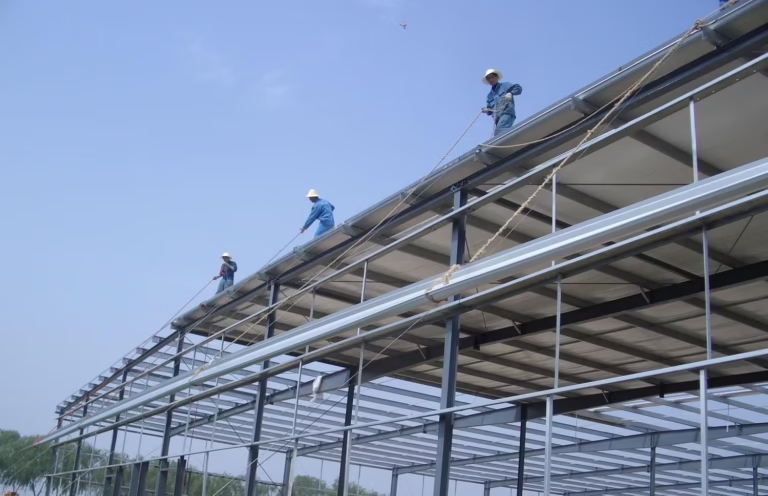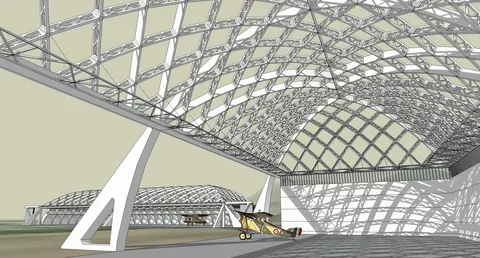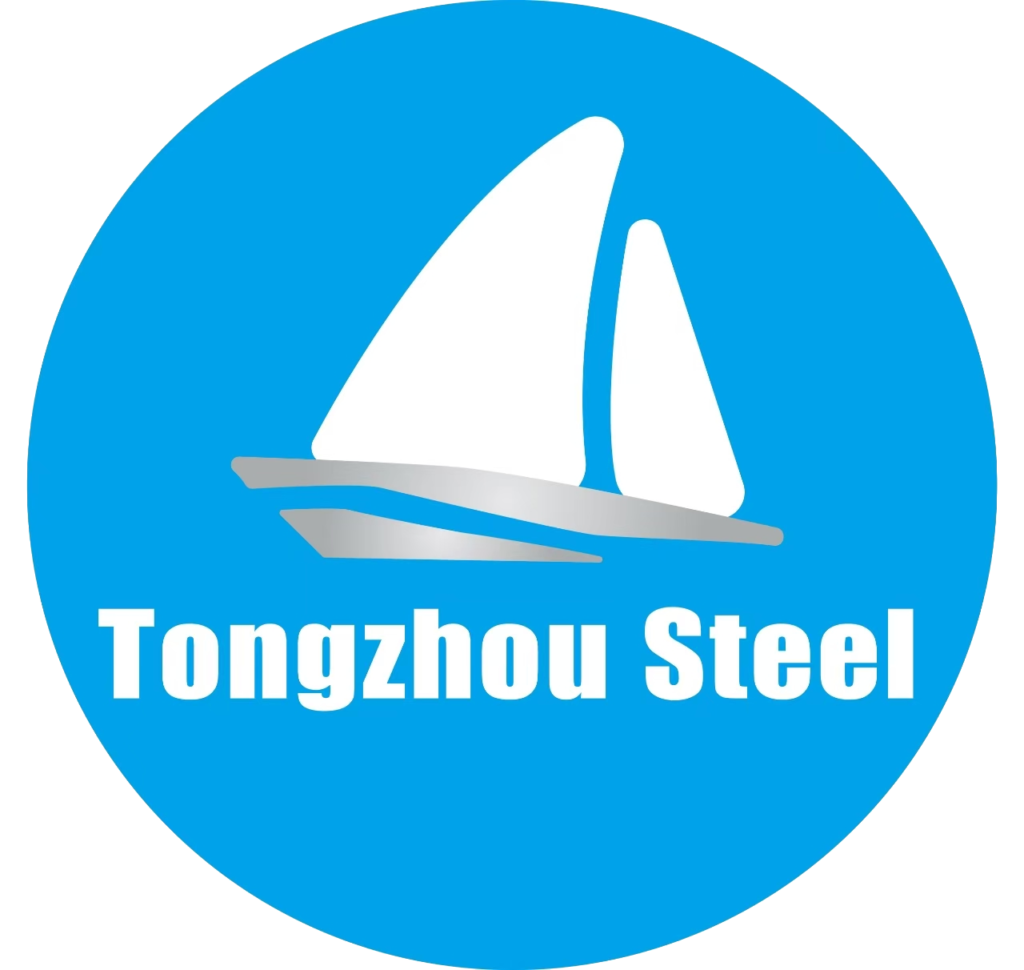Steel structure factory buildings, as an important form of modern industrial construction, are undergoing unprecedented changes. Against the backdrop of global manufacturing transformation and sustainable development, the development trend of steel structure factories presents distinct characteristics of the times. This article will explore in depth the future development direction of steel structure factories from three dimensions: technological innovation, industrial upgrading, and market demand.
Technological innovation drives industrial upgrading
The breakthrough of new material technology has brought revolutionary changes to steel structure factories. The research and application of high-strength steel has made the factory structure lighter and significantly improved its durability. The introduction of nano coating technology effectively solves the problem of anti-corrosion of steel structures and extends the service life of buildings. These technological innovations not only improve factory performance, but also significantly reduce maintenance costs.
The application of intelligent construction technology is changing the traditional construction mode. The popularization of BIM technology has achieved full process digital management of design, construction, and operation. The adoption of advanced technologies such as robot welding and automated assembly has greatly improved construction efficiency and quality control level. These technological innovations are reshaping the way steel structure factories are built.
The promotion of modular design concept has brought about a leap in construction efficiency. The large-scale production of standardized components has shortened the construction cycle of factories by more than 40%. The application of prefabricated assembly construction methods reduces the amount of on-site work and lowers construction risks. This mode of transformation is driving the development of steel structure factories towards industrial production.
Green environmental protection has become the main line of development
The application of energy-saving and environmentally friendly materials is an important feature of future steel structure factories. The adoption of new materials such as photovoltaic integrated roofs and phase change energy storage walls has enabled the factory to have its own energy production capacity. The increasing use of recycled steel has effectively reduced building carbon emissions. These environmental measures are driving the development of steel structure factories towards green buildings.
Clean energy utilization technology provides sustainable solutions for factory operation. The integration of distributed photovoltaic power generation systems enables the factory to achieve energy self-sufficiency. The application of ground source heat pump technology has significantly reduced the energy consumption of heating and cooling in factories. These energy innovations are reshaping the operation mode of factories.
The practice of circular economy concept is reflected in the full life cycle management of factory buildings. The application of detachable connection technology enables the reuse of factory components. The establishment of a construction waste recycling system has achieved efficient utilization of resources. This circular model is driving steel structure factories towards sustainable development.
Market demand drives innovative development
The demand for personalized customization is driving the innovation of factory design concepts. The flexible spatial layout meets the diversified production needs of enterprises. The intelligent management system maximizes the efficiency of factory use. These innovative designs are enhancing the market competitiveness of the factory building.
Multi functional integration is an important development direction for future factories. The organic integration of production, warehousing, and office space has improved land use efficiency. The intelligent upgrade of the logistics system has optimized the operational efficiency of the factory area. This integrated model is creating new factory value.
The application of intelligent management systems is changing the way factories operate. The introduction of IoT technology has enabled real-time monitoring of device status. The application of big data analysis technology has optimized energy efficiency. These intelligent upgrades are driving the transformation of factories towards smart factories.
The future development trend of steel structure factories reflects the deep integration of technological innovation and sustainable development. With the continuous emergence of new materials, technologies, and concepts, steel structure factories are developing towards greener, smarter, and more efficient directions. This trend will not only drive the transformation and upgrading of the construction industry, but also provide strong support for the high-quality development of the manufacturing industry. In the future, steel structure factories will continue to leverage their unique advantages and play a more important role in the field of industrial construction.



